I realize that for some students a self-contained classroom is the better environment for them to learn in rather than a typical general education classroom. The general ed classrooms can be overcrowded with 20+ students while a self-contained classroom probably has less than 15 students. The faster pace of a general ed classroom can be overwhelming for students who need a slower pace. I know that IDEA states that schools have to offer a continuum of services and that includes self-contained classrooms.
But here are my issues with self-contained rooms based on the experiences and observations of these settings in two schools.
*Please remember these are just details we've either experienced or observed. I am not painting a broad picture of all self-contained classrooms. If your child hasn't entered the school system yet I am not saying that your experience will be like this. Parents need to observe all the classrooms that are possible placements for their child and make decisions on what is best for each individual child. Some self-contained rooms are the best placements for some children and there is nothing wrong with that if your child is thriving and you are happy with it. This blog post is about my own frustration with self-contained rooms in 2 schools.*
How is being in a self-contained (for the rest of this blog post referred to as SC) room any different from the general ed classrooms? They are still a group of students belonging to a classroom, right? They are in a classroom with the same students and teacher every day just like all the other classrooms right? Sort of. But in subtle ways they aren't 'part' of the general feeling of belonging with your grade-level same-age peers.
Here are my experiences and observations:
School A (where Kayla attended 1st and 2nd grade)
- While all of the students in the self-contained room are on an IEP (the I stands for Individualized, but I don't think there is much individualization to their education plans.) The 'standard' (what seems like the standard for this district) for mainstreaming (and that's what this set-up is - mainstreaming - not true inclusion) is the students in the self-contained room all go as a group to the same gen ed classroom for their mainstreaming time. And the amount of time for all those students is exactly the same. They get to join their typical peers for Lunch, Recess, Fine Arts, Social Studies and Science. If all 4 students went to the same gen ed classroom, where was the inclusion time for the rest of the 2nd grade classrooms?
- Meet the Teacher night for the gen ed teacher: the students' names were on all the desks except the 4 students who would be joining the classroom from the SC room. The teacher was just going to put those students at a table. (Thankfully the teacher realized that wouldn't work and found desks for them, but that didn't help on Meet the Teacher night when your child sees all the names on the desks but their own). Later in the school year all the students' names were on the outside of the door - except guess which 4 students didn't have their name on the door.
- During the 2nd grade field trip the students from the SC room were kept in a group with the aide from their classroom. There was no mingling them amongst the other chaperons and typical peers, or even adding a typical child or two to their group to foster some peer relationships. The only reason Kayla wasn't with them and was with a girl from the ged ed room was because I was a chaperon and I had the 2 girls in my 'group'.
- Kayla brought home a lot of 'busy work.' Worksheets on material that she had mastered but was still doing the same thing over and over. Worksheets that had identifying colors and shapes even though she was in 2nd grade and was well past already knowing that information.
- Kayla was in the SC room for 1st and 2nd grade yet she never worked on spelling or had spelling tests. She had minimal homework. At most it consisted of 5 sight word cards a week to learn. But she didn't have to do anything else with those cards ... not learning to spell the words, not even having to write the words 3x or something like that. She wasn't doing anything on the curriculum that typical 1st and 2nd graders were doing. When I asked when the class was going to work on spelling I was
told they did that when they went to the other SC room (which was for 3rd-5th graders). Then when we wanted her in a 3rd grade gen ed classroom they complained how far behind she was and couldn't spell basic words ... well gee, I wonder why!
- This SC room for 1st and 2nd graders was not even in the cluster of the 1st and 2nd grade hallway. They were 3 hallways away. So how could they, or their typical peers, feel like they 'belong' with their peers if they can't even be in a classroom amongst the rest of the 1st and 2nd graders? This set up also fostered a lot of dependence because the students all traveled together with the classroom aide down the 3 hallways to their gen ed room. It wasn't like they could just go by themselves across the hall. (Near the end of the 2nd grade year I did ask for Kayla to go to the gen ed room for ELA and she went for 30 min during their phonics time and was able to go by herself.)
School B (Where Kayla was for 3rd grade last year and will be in 4th grade this year)
Kayla is not in the SC room in this school ... but I observed this classroom 2x because the school team wanted me to consider this placement for Kayla.
- This room is for K-5th grade. Yes, Kindergartners through 5th graders. Wrap your head around that for a minute. You know how little Kindergartners are and how big 5th graders are? In the same classroom. Last year there weren't any kids in K, but there was a 1st grader and there were 5th graders.
- Their mainstreaming time was split (there were 10-11 students in the classroom) between two first grade gen ed classrooms. First Grade. Every student in that SC classroom went to a first grade classroom. Even those big, tall, 5th grade boys. How is that appropriate?
- So, potentially, they could be in this same SC classroom their whole elementary school years starting with Kindergarten and remaining in the same class year after year through 5th grade. That's 6 years of the same classroom. And, some students, if they aren't 11 by a cut-off date, can stay an extra year in elementary school. Potential to be in the same SC room for 7 years.
- How is putting the 3rd, 4th, and 5th grade students in a 1st grade class for all their mainstreaming time teaching them how to interact and be with their same-age peers? Where is the interaction with their same-age peers?
- The kids in this class all seemed to be about the same with their verbal skills. Very minimal and saying 1 or 2 word sentences. There are 3 or 4 adults in the classroom. The majority of their time is spent with the adults and with each other (how much actual conversation can they accomplish with typical peers in a noisy lunchroom, or at recess when everyone is running around?) So all their conversational modeling is coming from each other and the adults in the classroom. How is that helping to facilitate and foster better communication skills with their peers?
- If Kayla was in that classroom she wouldn't have any typical peers to serve as role models to help with speech and language skills. Her verbal skills are a little bit above what I observed.
- Their classroom is located on the corner of where the K classrooms are. Again ... not anywhere near, or in the middle of, a group of gen ed classes. Once again that SC room and 2 others are clustered together at the end of a hallway. Those older students aren't anywhere near their same age peers.
- There was a fundraiser the school did with students running laps. The grade levels were broken up to run at different times. I went to watch Kayla. I didn't see any of the students from the SC class in with any of their grade-level peers. As I left the school I saw their class coming in the front doors.
- The schedule for field day was emailed out and I didn't see the SC classes on the schedules going out about field day. Then field day was rescheduled due to rain. This time the new schedule did list the SC classes, and their time slot was with the Kindergarten classes. The SC class didn't even have any Kindergartners in their class! Again, how is that appropriate to have their field day with the Kindergartners? How does that look? At the minimum why couldn't they have split up and joined their 1st grade mainstreaming class?
- And again ... why are they not even being mainstreamed with their same-age peers?
- My last issue is with the names they give these classrooms. They put students with intellectual disabilities in one of 3 'types' of classrooms. They are self-contained but they refer to them by EMD, TMD, and PMD. Educable/Trainable/Profound Mentally Delayed. Educable and Trainable were terms that should've went out years ago. Supposedly they don't officially call them that anymore. I was told they are "Mild/Moderate/Severe" yet habits are hard to break and they are still referred to as the EMD/TMD/PMD rooms. How do you have a classroom of students that you refer to as 'trainable'? You train pets. And shouldn't all kids, in general, be considered educable? I'm tired of the labels. The gen ed classrooms throughout both the schools we've been with are identified by the grade number and a letter. 1st grade rooms are 1A-1G, 2A-2H and so on (depending on how many classrooms.) Yet at the school we are in now, on the school website, it lists the teacher of the self-contained room as "TMD". It's on the official school website. So much for changing the language.
- This is why I've been advocating so hard for Kayla to be in ged ed classes with resource room support. Not to mention that numerous research over 40 years shows kids with Down syndrome do better in math and English Language Arts when they are educated with same-age peers in the gen ed classroom.
Friday, August 16, 2013
Subscribe to:
Post Comments (Atom)


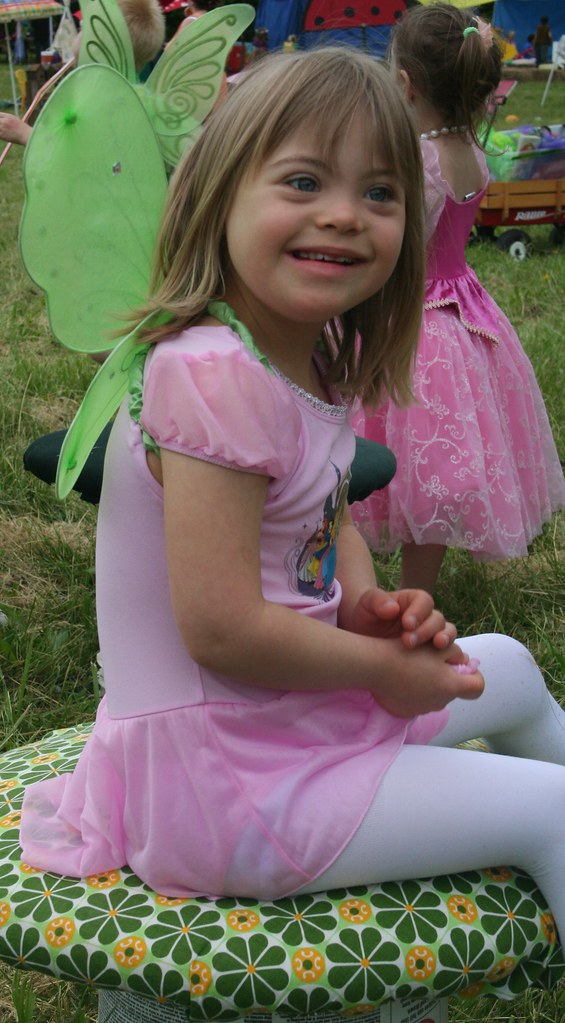

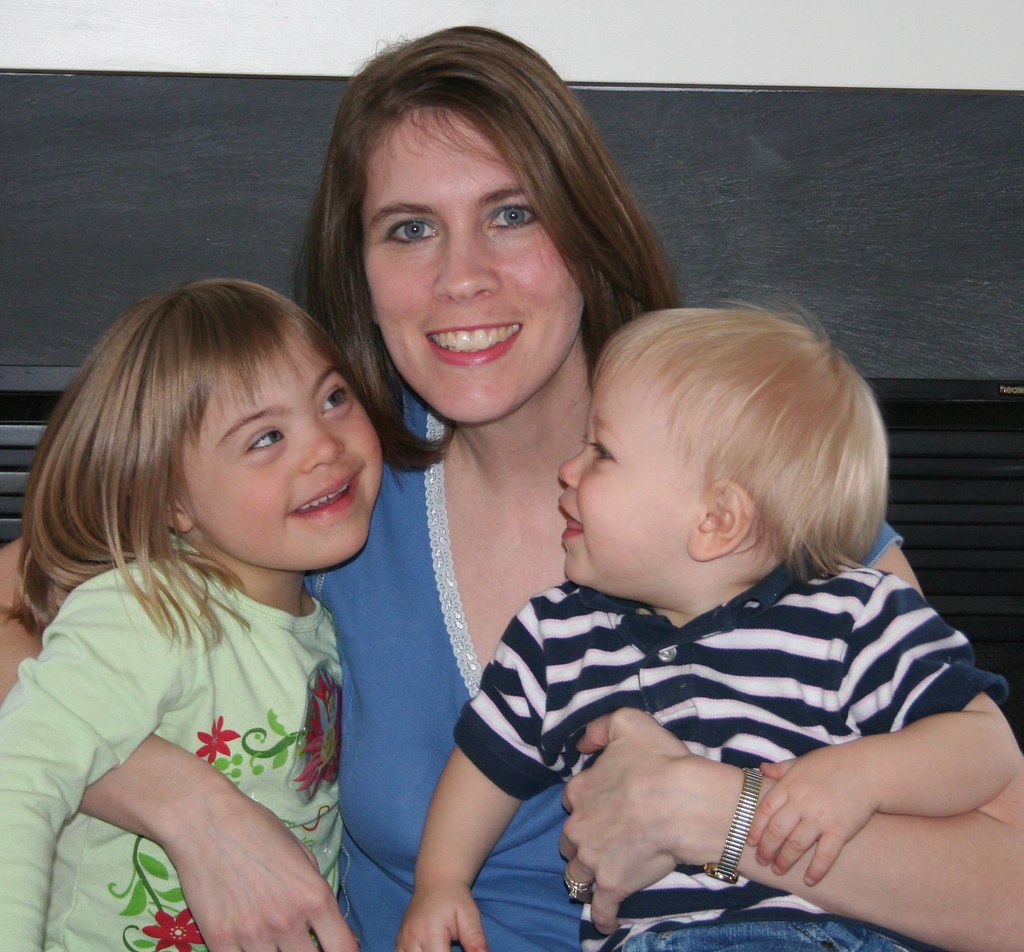
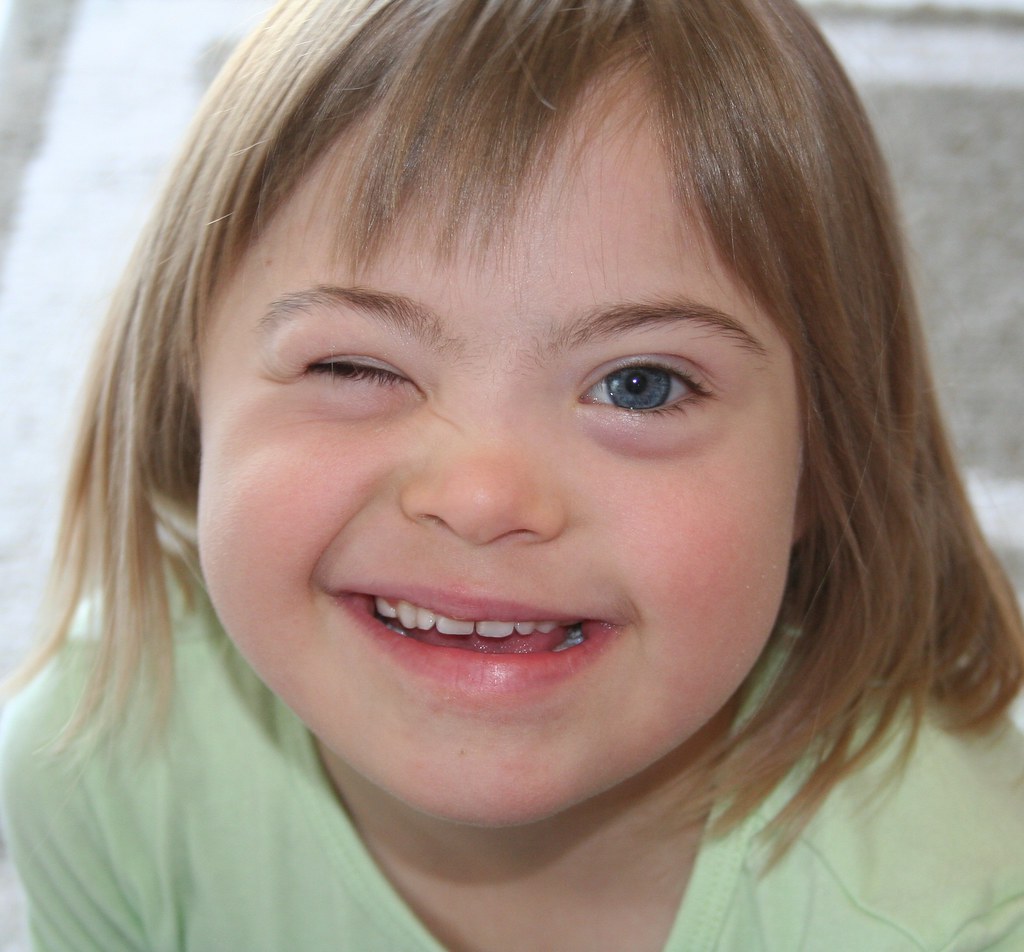
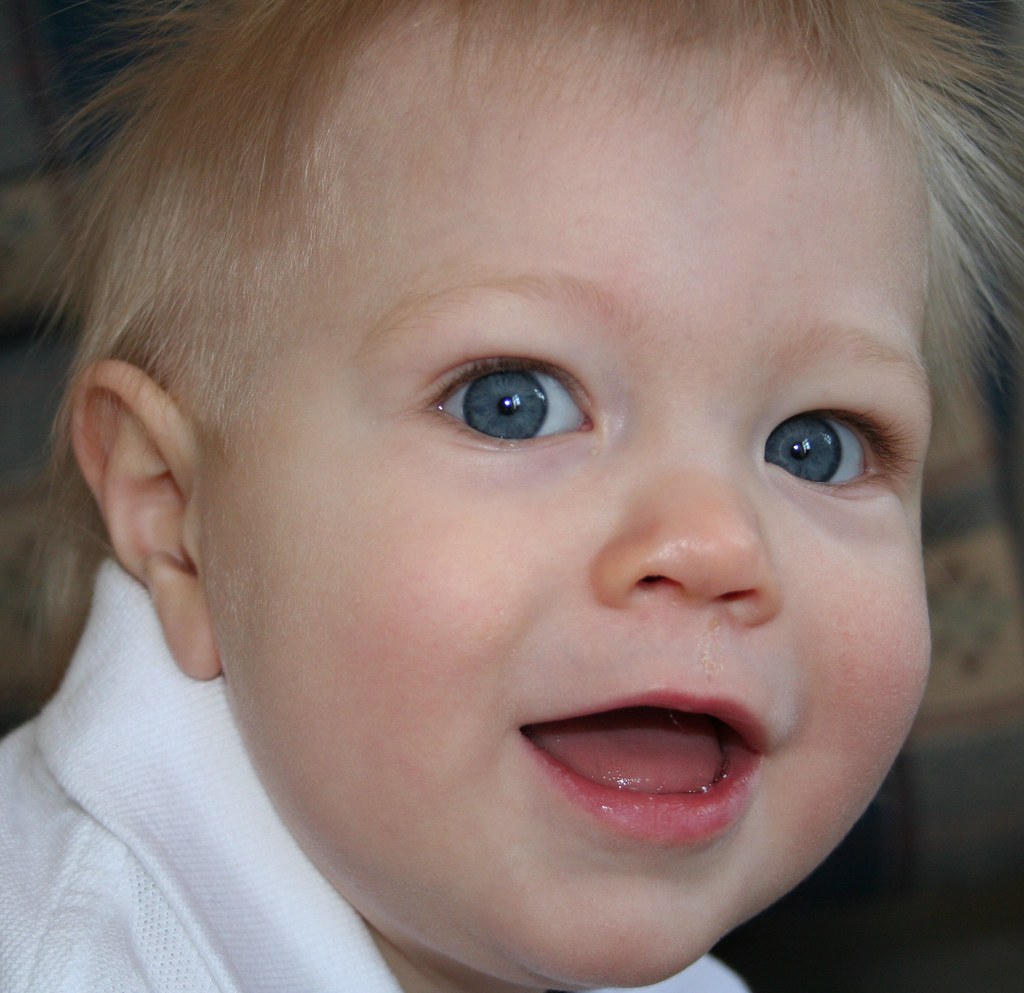
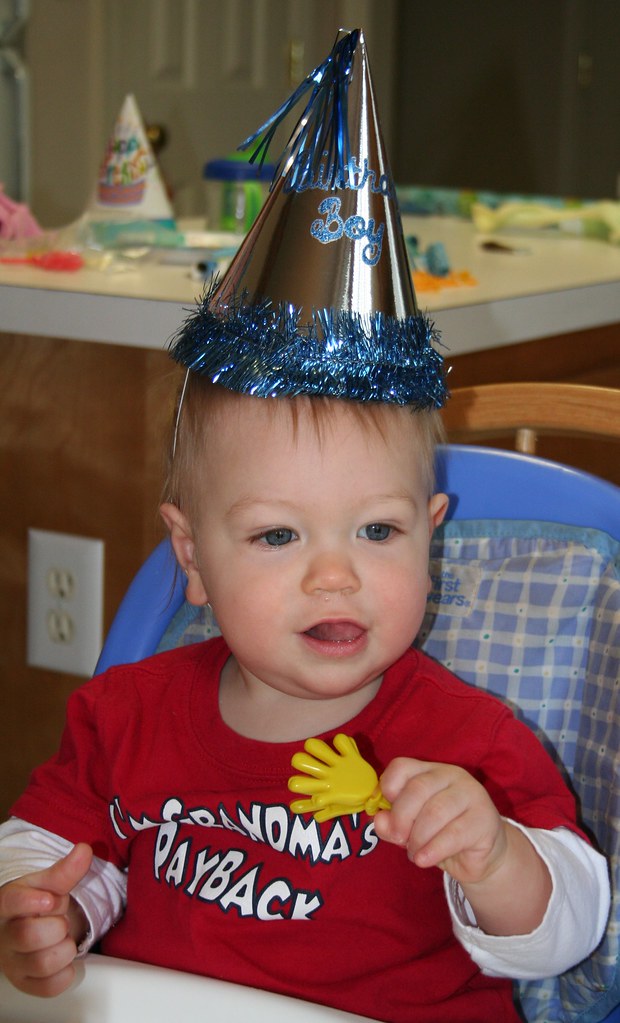
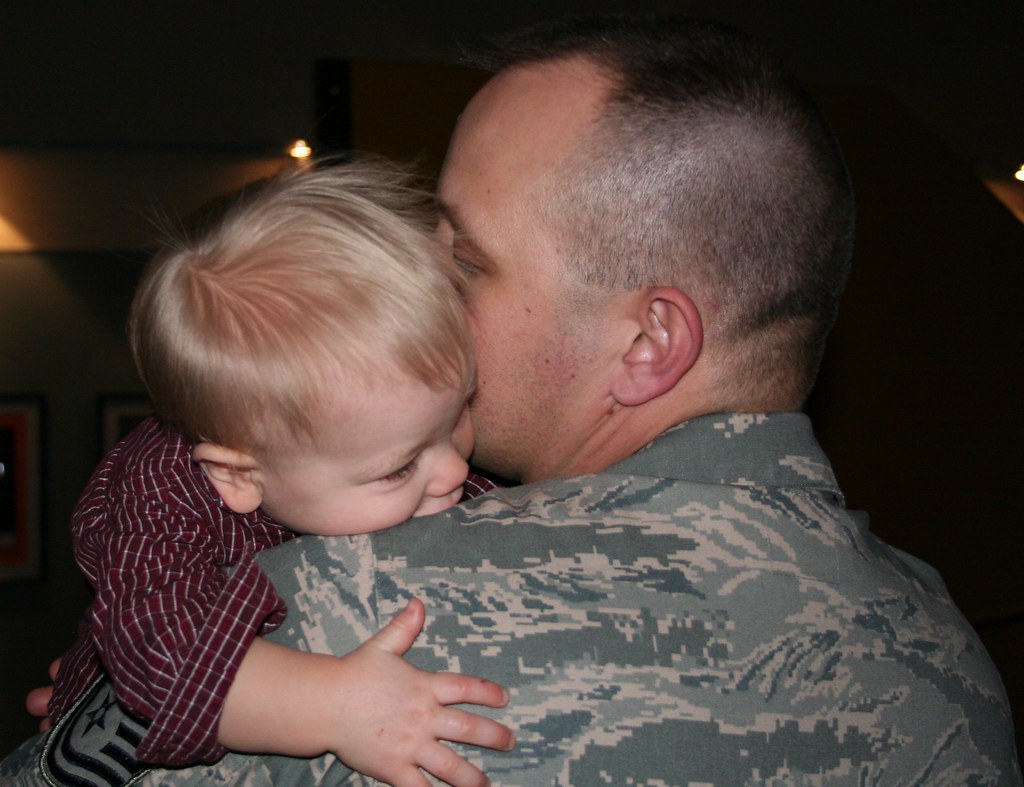
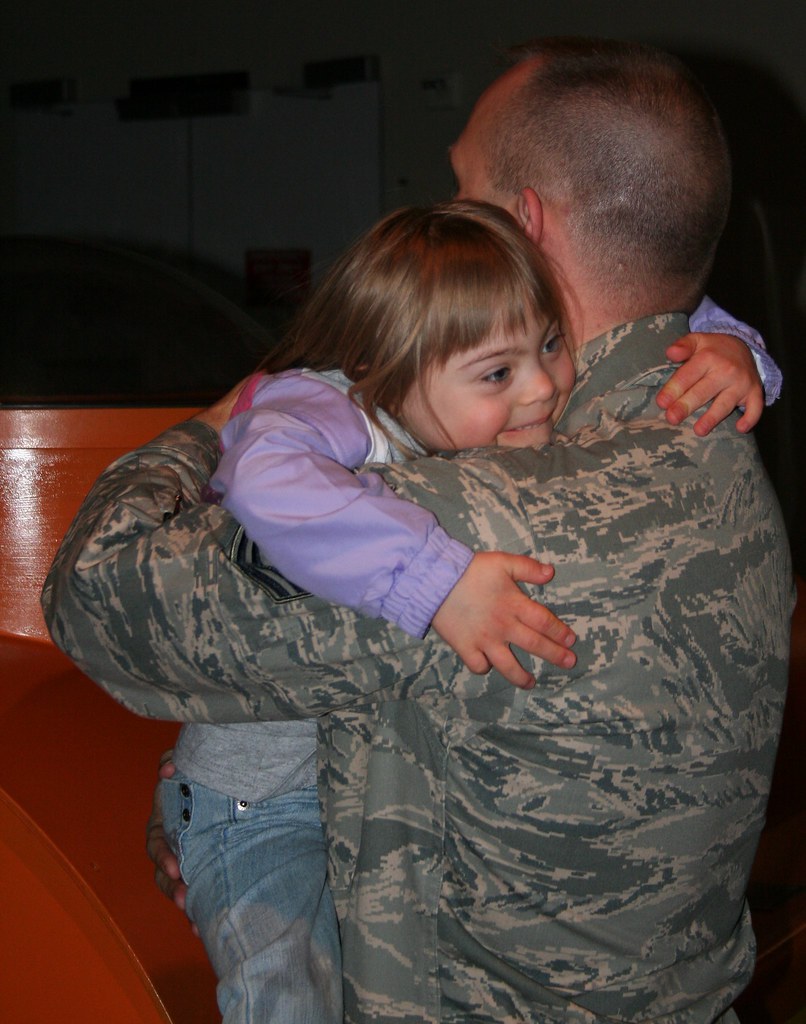
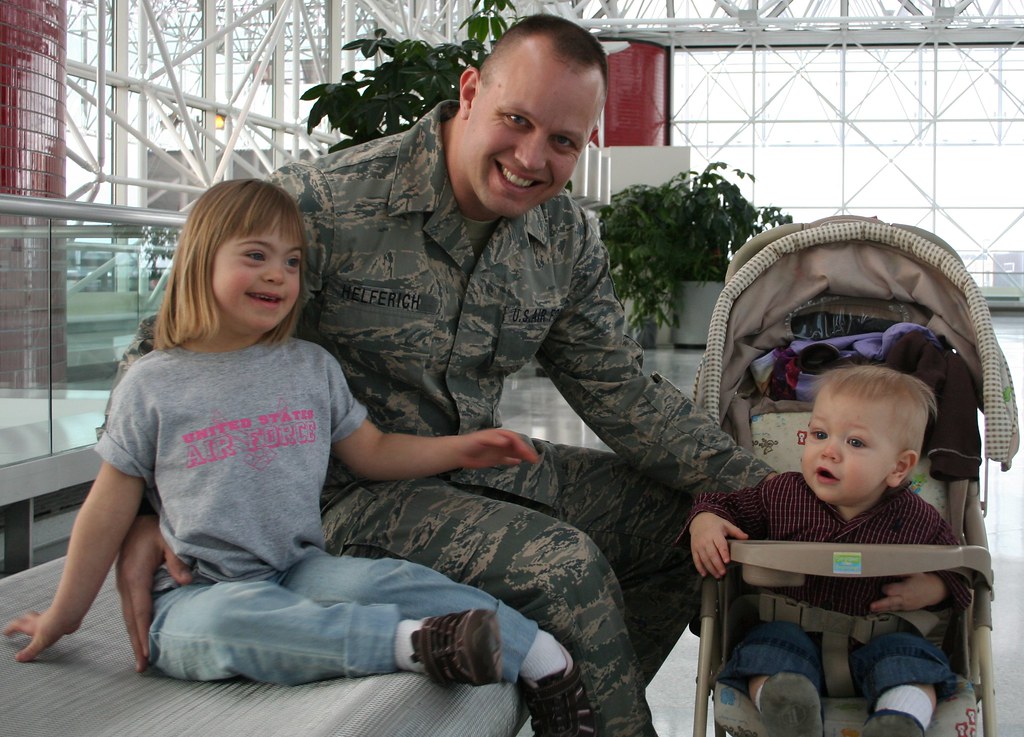
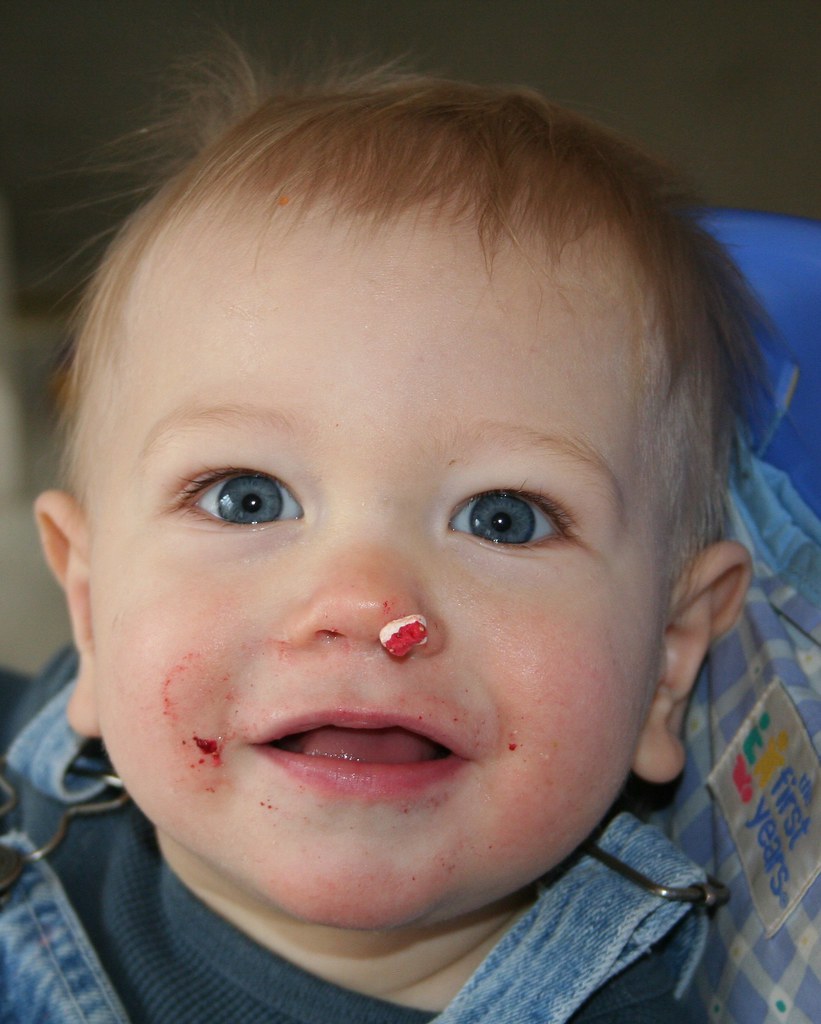
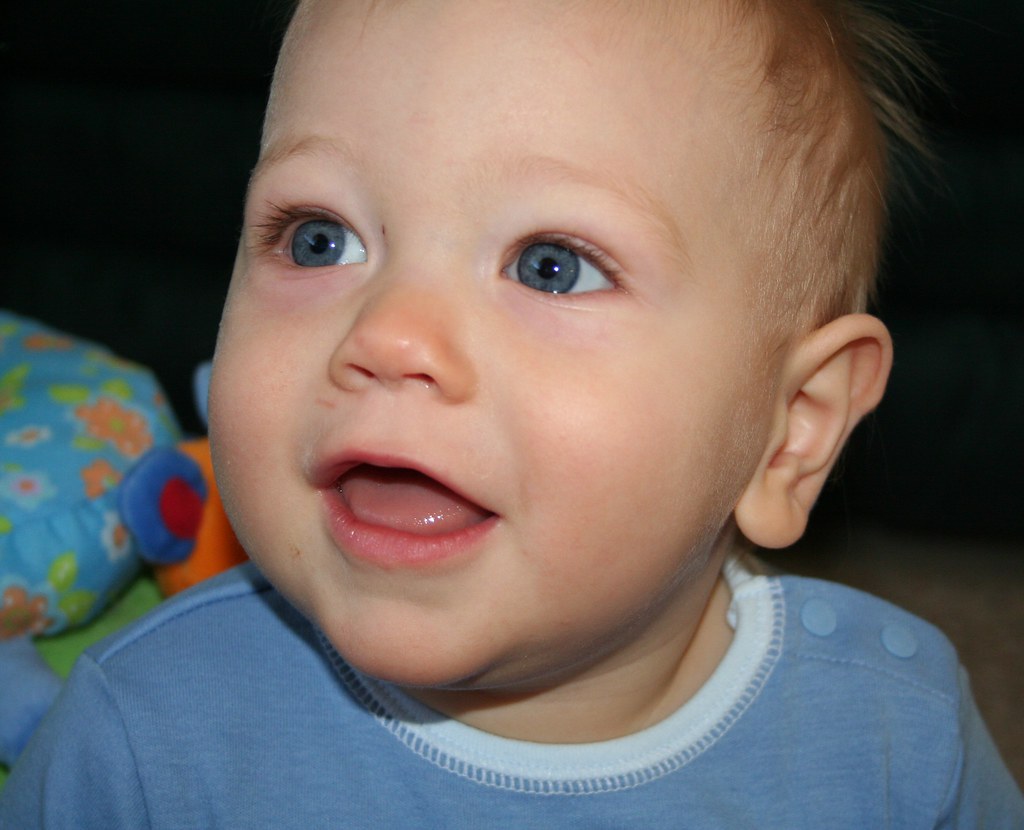
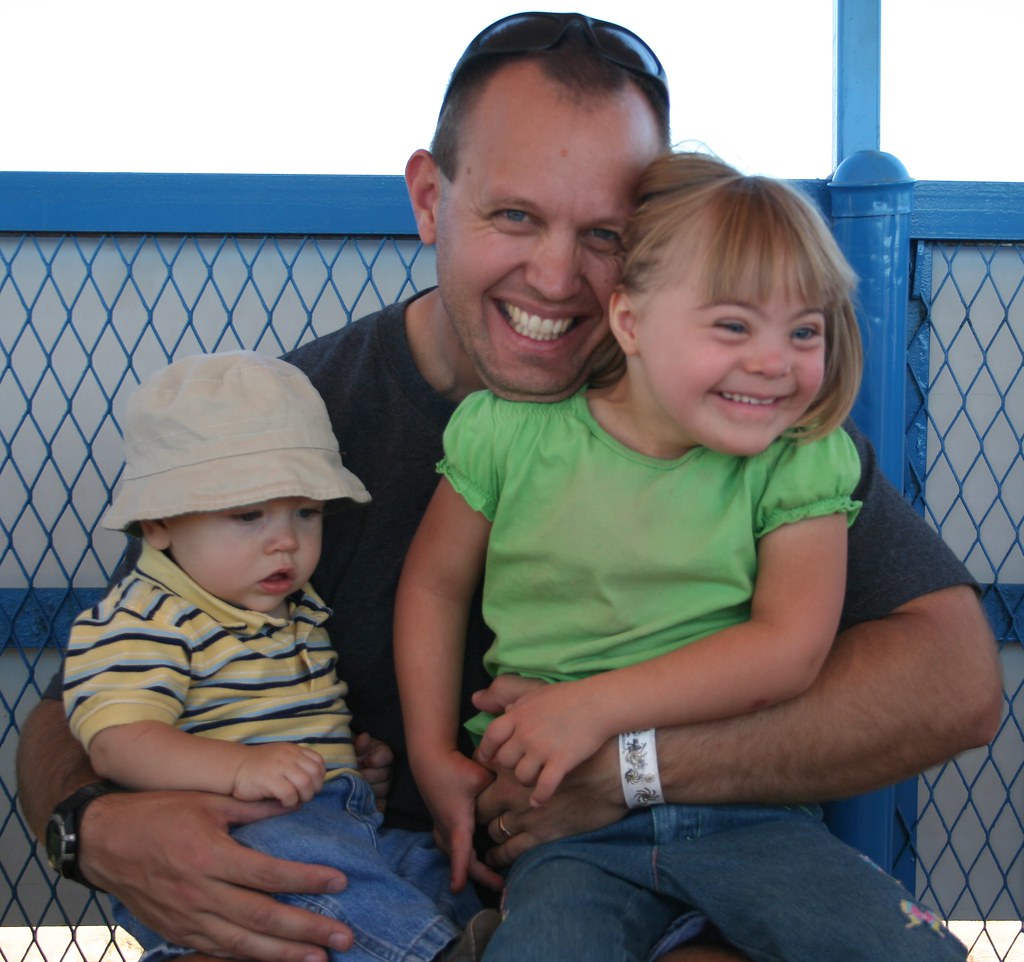
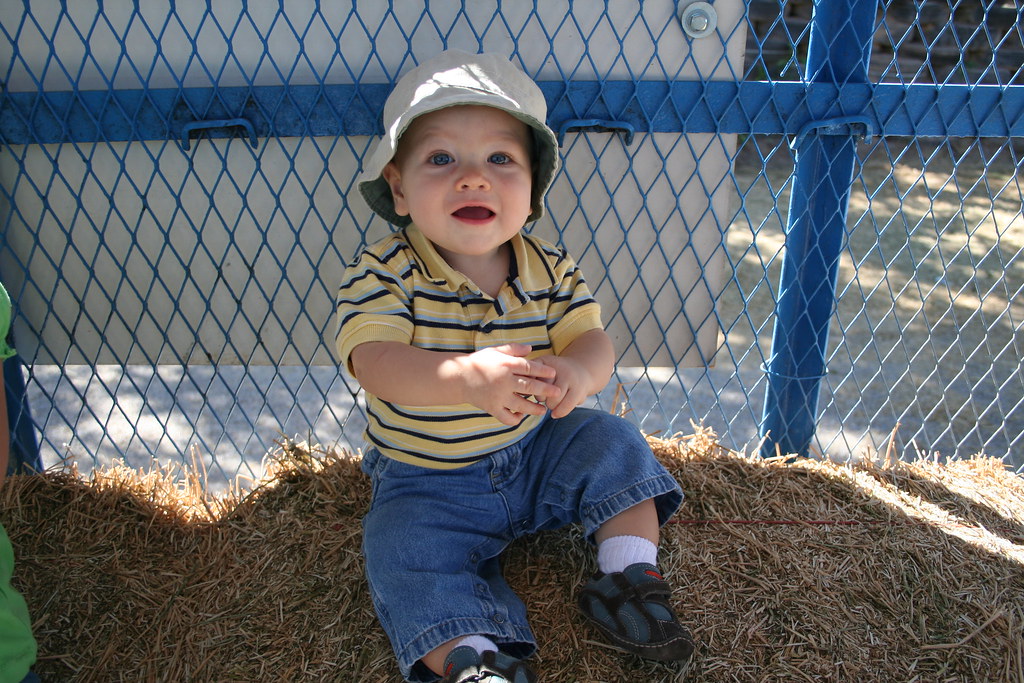

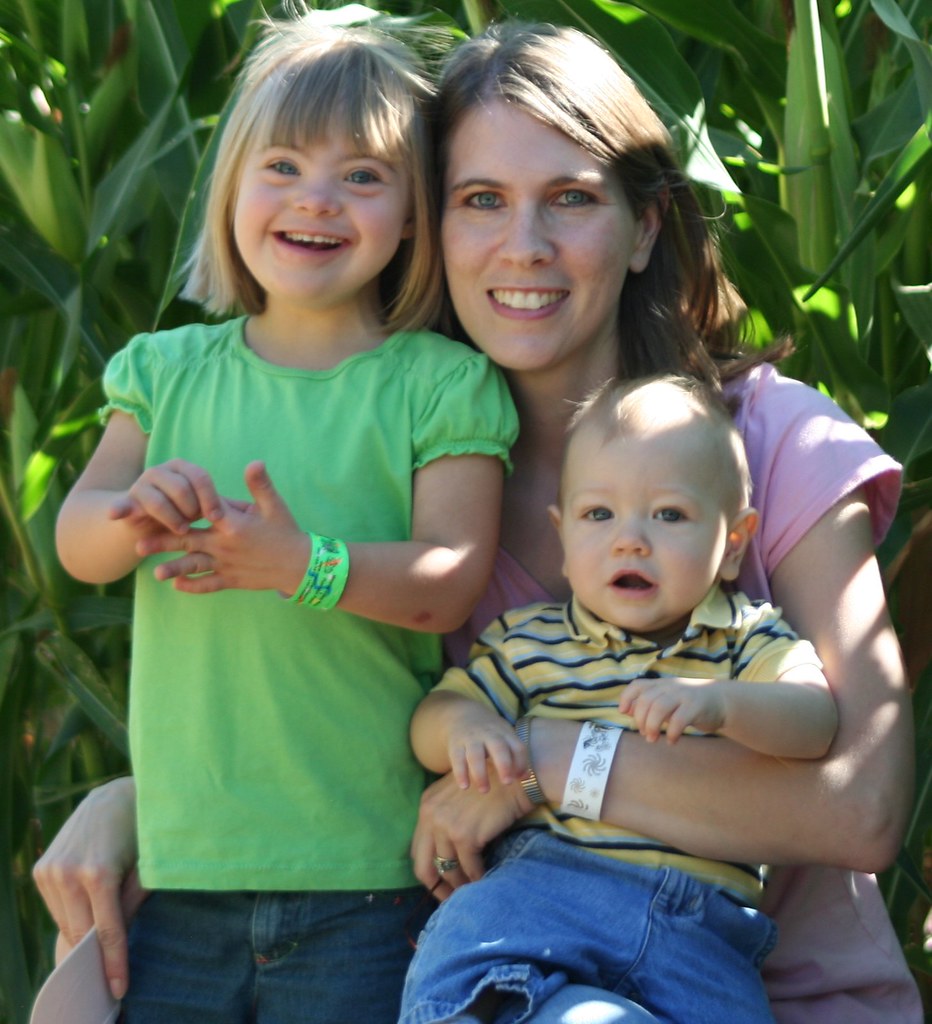
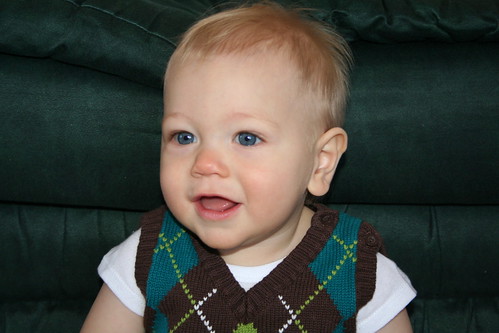

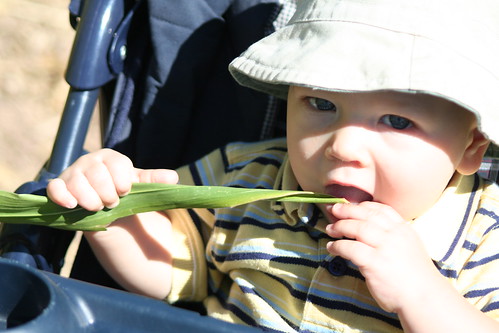
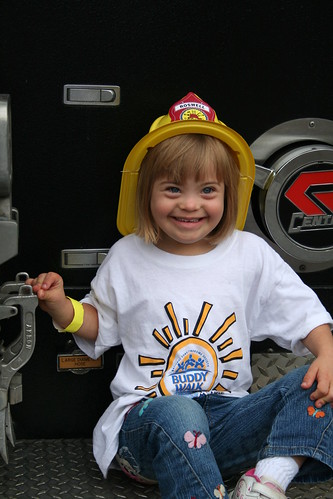
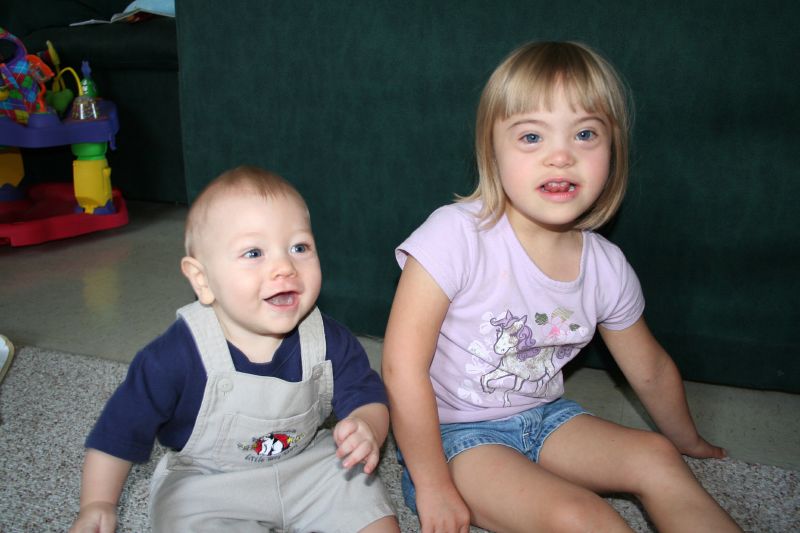
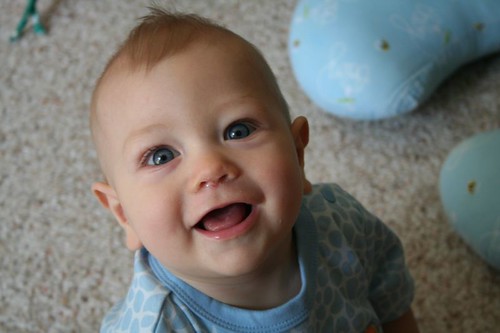
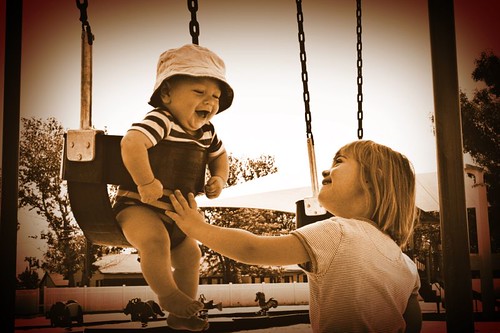
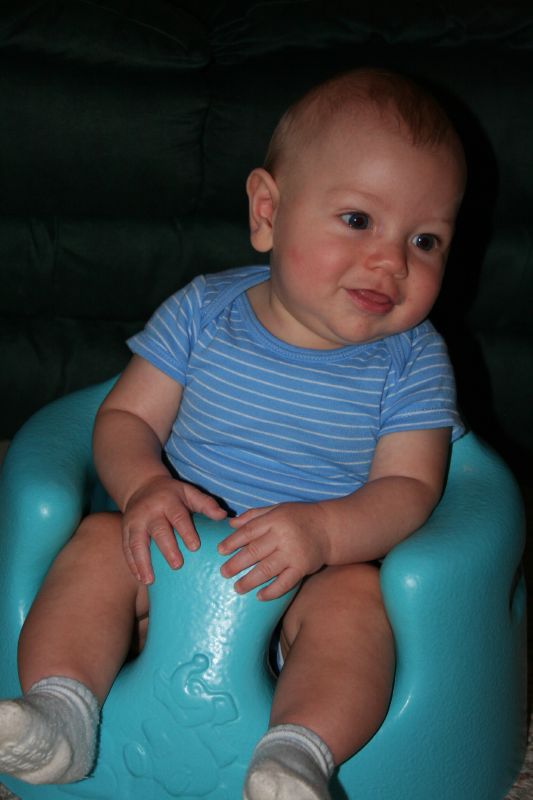
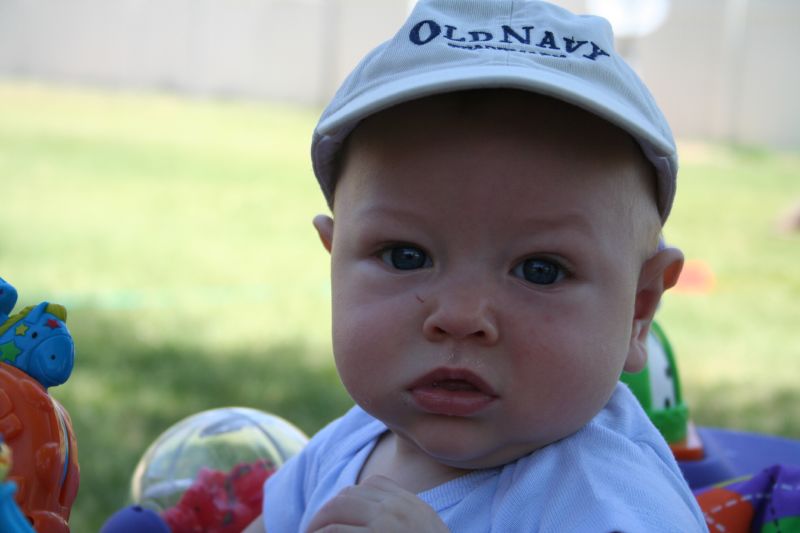
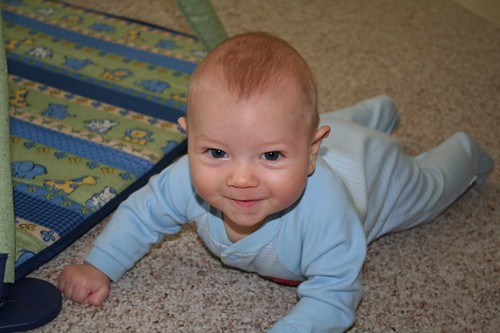
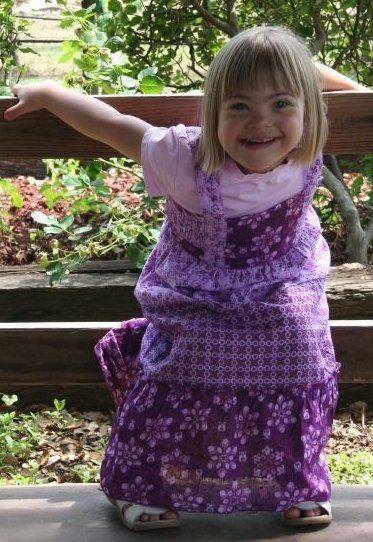
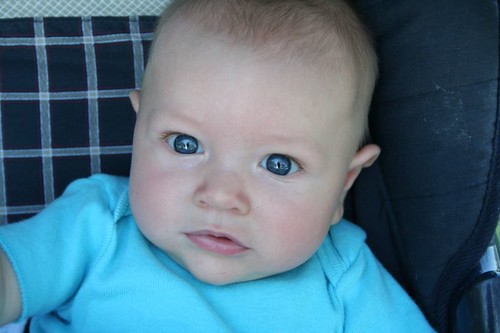
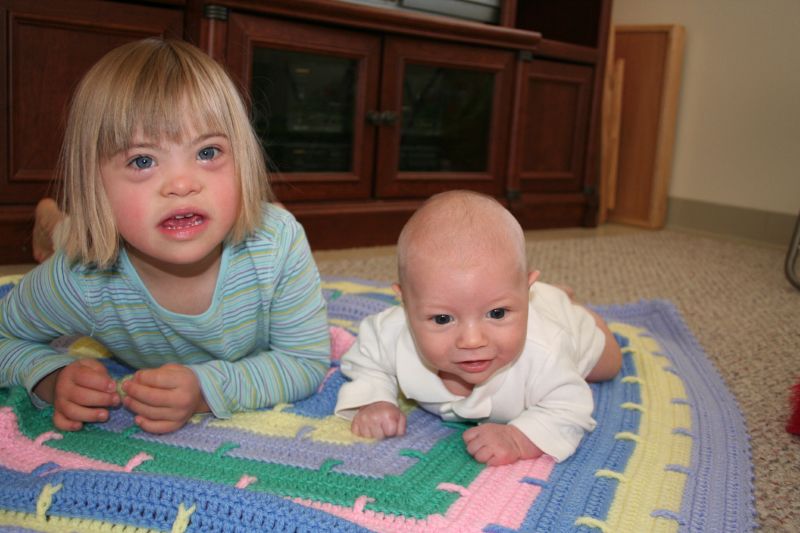
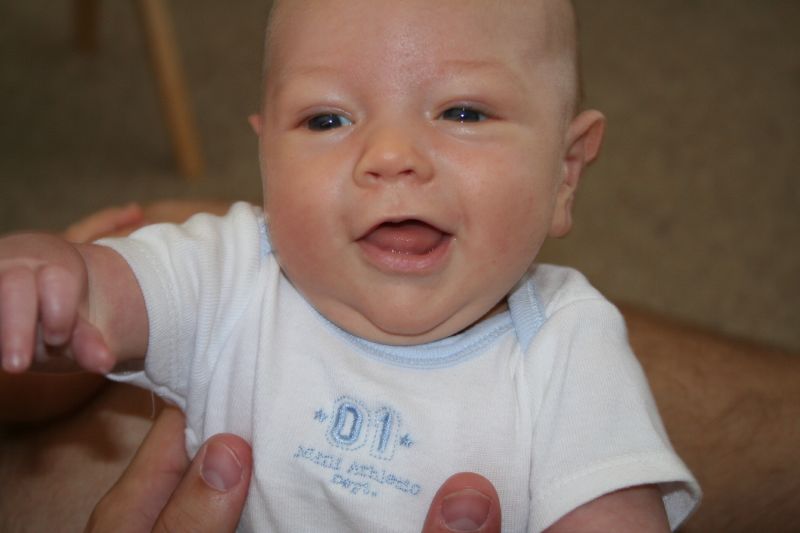
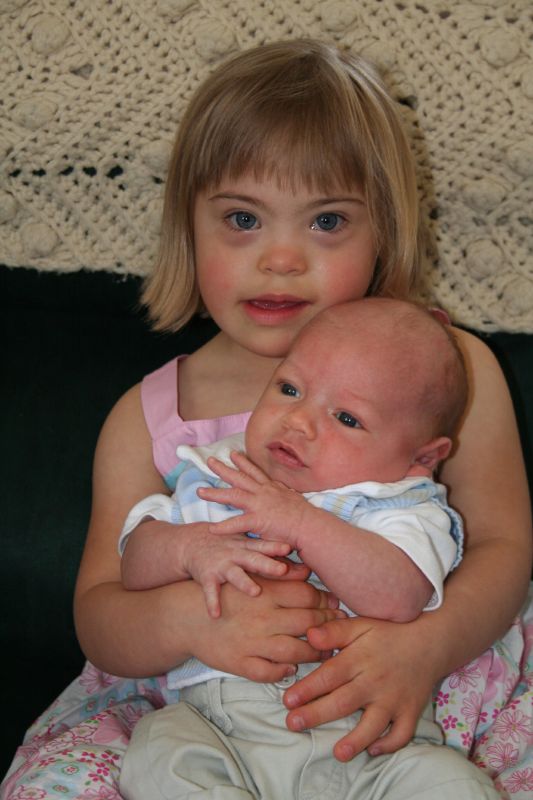
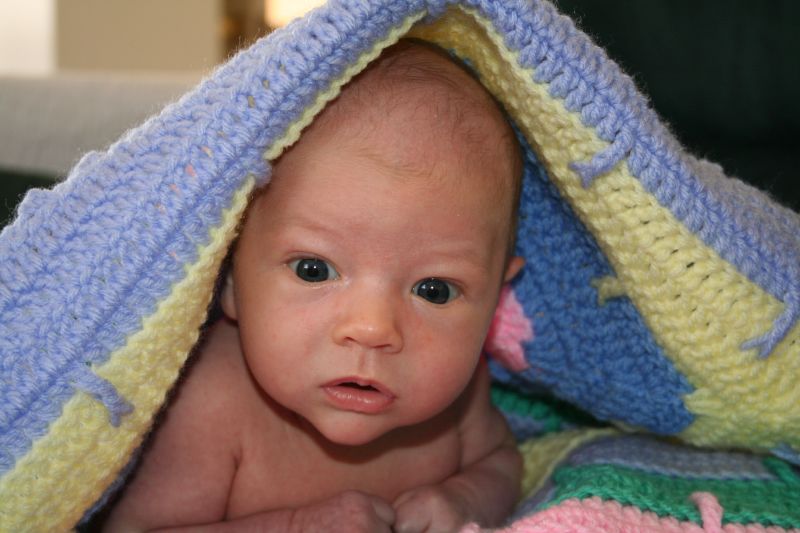
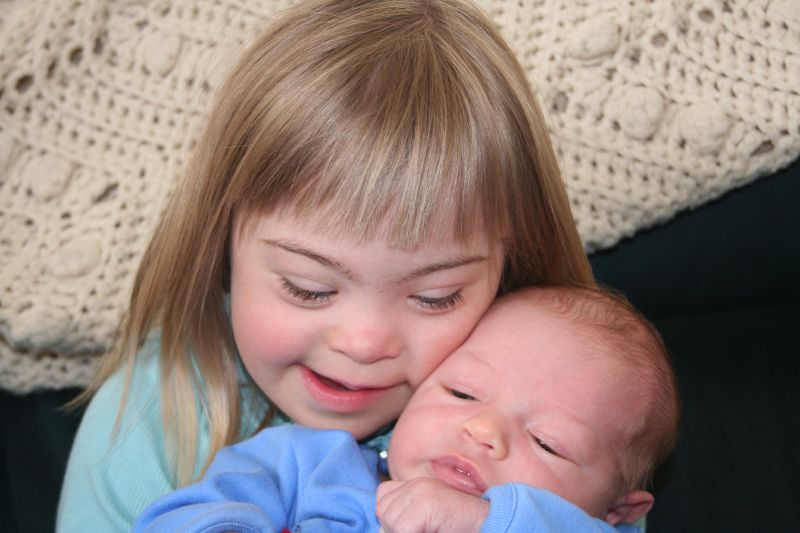
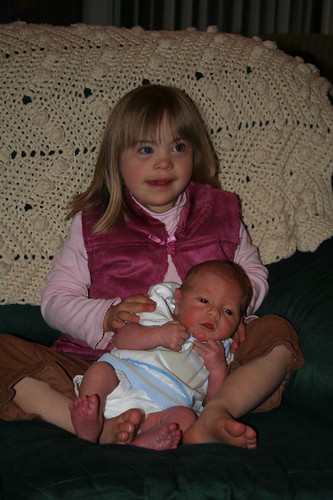
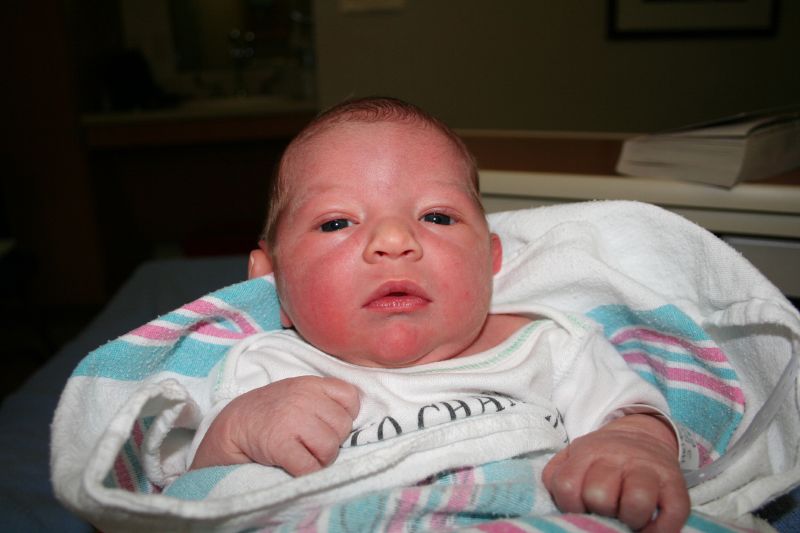

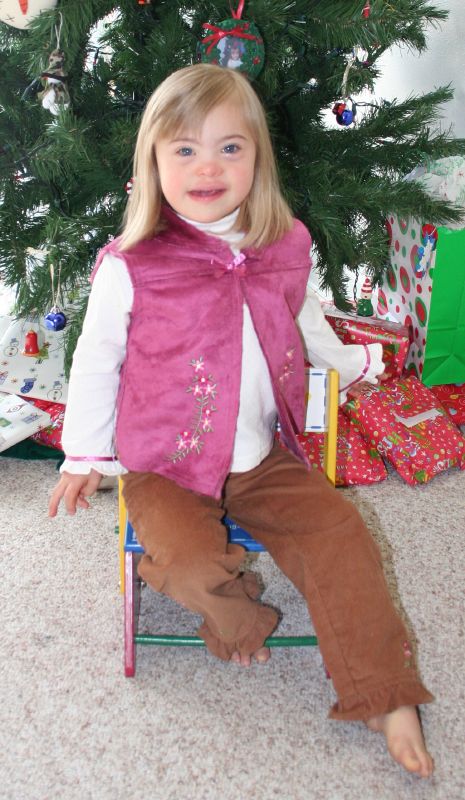
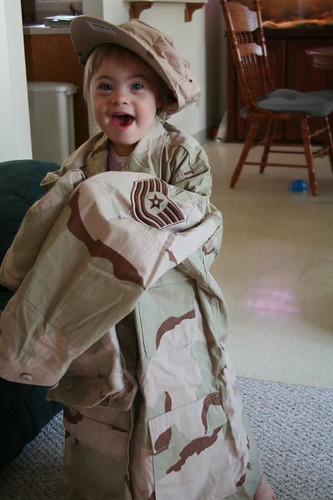
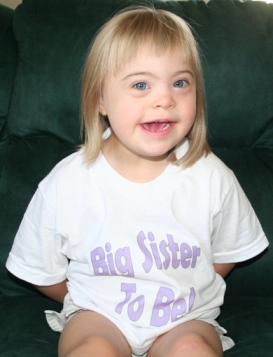
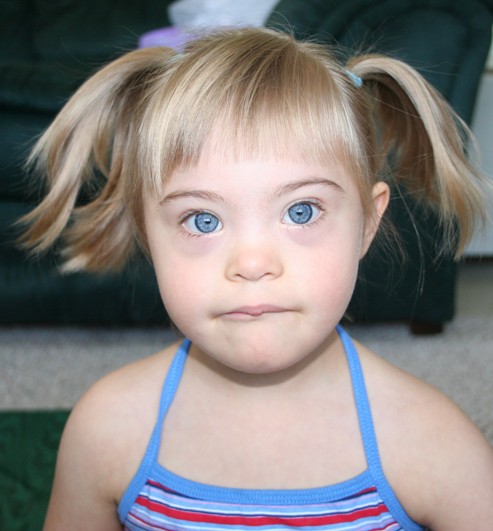
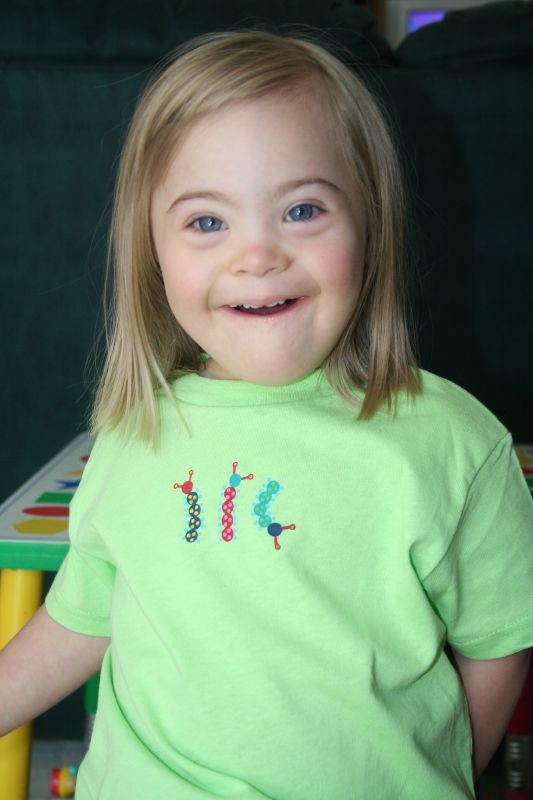
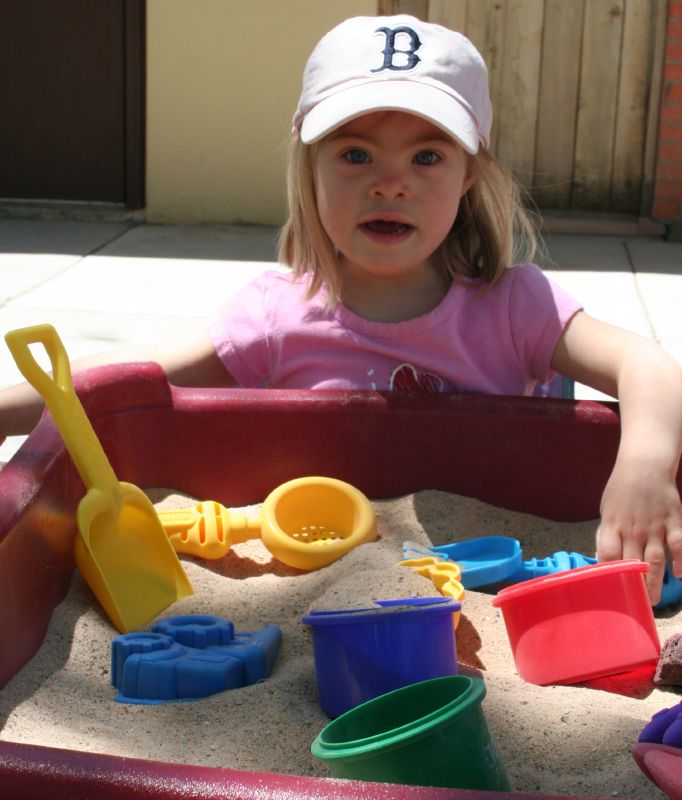


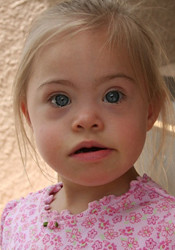
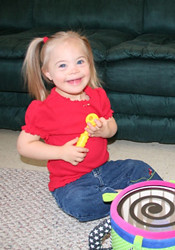



13 comments:
See! Its your experiences that are making me more and more sure that I want my little girl in the regular classroom from Pre-K on up. One of my therapists told me this week she didn't think I had a choice, that T would be put in the special preschool regardless of what I want. I told her that was not acceptable. Fortunately, another therapist was there at the same time and told me as long as I know my rights I would get exactly what I wanted. I hate having to argue for what is right. You keep fighting. You are doing exactly what is right for you and your child.
My first year teaching was a self-contained room. It was absolutely unnecessary. All the kids IEPs came due March/April and I transitioned them all to the general classroom. The problem I had was it was K-5 and there was no way I could effectively educate 15 different levels and give an individualized instruction. I tried, but there was a lot of someone else waiting their turn. Also, we were so segregated and when I did try to send those kids back for special days with their grade level I was met with opposition and they were usually sent back. The next year the teachers hated me because I did the pull out and, of course, everyone had their math/reading at the same time and would not budge about that so I worked with the 15 just like the year before and then did paper work in the afternoon. The administration would not back me up to attempt to spread them out and be away from older kids etc. I was at the mercy of the mainstream classrooms.
In my personal opinion, schools want to fill up those self-contained classroom because they get so much more funding just having it and also the more kids they can place in it. I left special education not because I didn't love it, but because I didn't feel like they saw the kids for who they were and what they could do, just $$$$.
I would ask for an IEP meeting up front and address your concerns and ask them exactly why SC always goes with K, if those teachers in that level are specially trained or what. My guess is they do that because that's the way it's always been done and no one wants to change it. Squeaky wheel gets the grease. The administrators hate it, but they also don't want to address a law suit or even questions to the school board.
My kiddo is not school aged but I've thought a lot about self contained classrooms, and no matter how I turn it around in my head, it seems that the separation itself creates these barriers and, let's face it, damaging practices that are really not helping anyone. I do get how some parents want self contained but in those cases, it seems like self contained works despite itself, not because itself. The separation itself seems self perpetuating, and finding moments of inclusion look like it is like swimming upstream.
OK, my opinion/experience may be different in this discussion. I want to say up front that I support inclusion and will always advocate for it.
My kiddo is in a special ed. preschool classroom right now. He thrives there--right now. I don't know where his placement will be in the future, but I have visited both classrooms for him and with him. In the regular classroom, he cried, cowered in the corner, and refused to leave my side. I even left the room and he wouldn't budge from the corner. There were 24 other kids in there--all his age. He was the only one with a disability. There was no aide, but they said he "could probably" get one. We went to the smaller spec. ed. classroom the next week--a teacher, 2 aides, an OT and an SLP with 8 kids. He waved me off when I walked into the room with him. He stayed for an hour, played, did circle time, and had a snack.
I know where he needs to be right now. He does well in small settings with some one on one.
For me, I'm not going to do inclusion for inclusion sake when I know right now it doesn't work for my kid. I will, however, be reassessing this every year to see where he best fits. I want to set him up for success and I know where he is successful for the time being.
OMG what a battle you have on your hands...I cant believe when I hear this sort of thing.
Matilda (9 nearly 10 :-)) attends what we call in Australia an independent school. Parents pay fees and the school gets some govt funding. Its not quite a private school, sits on the same agenda as say a Catholic school. Matilda gets some funding for an aide (last year is was $6000AUD compared to my friends child who attends a public school they got $23ooo AUD - go figure) The school pays the rest of the cost of the aide out of the money the school raises and fees paid etc. Matilda has been in a typical classroom since Kinder, and pretty much has moved forward with the same group of kids. Its a Waldorf school if you know of them. To me the most important part of inclusion is when the typical peers in the class interact with the child with a disability. First of all it needs to be taught and modelled to the children, then gradually they learn how to do it themselves and most importantly they come to want to do it. They come to see the child with disability as normal. That's what has been so successful for MAtilda. She has had amazing teachers who educated the typical kids, they didn't label Matilda, they just continually told the kids MAtilda is different, but we all are different in many ways. She is now surrounded by a class and school of the most amazing little people who are going to grow up and become amazing adults (I hope!) who don't fear people with disability and know how to talk to them, approach them and accept them. That's what inclusion can do. Education wise, there are some fantastic programs that schools can follow for kids with Ds, all they have to do is go online and find them. Matilda has different reading/maths programs (Eg Numicon for maths) but she still does her different programs in the classroom with her peers.
Matilda is included in everything at the same time. Even when they stood in front of the school and played a song on recorder, you could hear Matilda blowing away out of tune but she was still included!!
Maybe you need to grow some horns and just quietly insist she be in the mainstream class all the time. I actually think it is legally a right in America?? And what the other person said, they want more kids in the SC so they get more funding.I wish I could help you!! Goodluck...
My daughter with Global developmental disabilities is in an self contained room in the mornings and in a appropriate grade level classroom(2nd grade this year) with other kids the same age from the sc class and an aide. There are 4 SC classes 2 that do what she does one for K-2, the other for 3-5 and 2 completely contained classes ne for K-2, the other 3-5. The local middle school has a similar program. We are happy with the education my daughter is reciving. Happy to know Kayla is now getting a good education too.
Sorry its me again, I just have to respond to Stephanies comment.
If the teacher had been prepared and really wanted your son in the mainstream class she (lets say its a woman) should have told the class you son was coming for a trial, she should have allocated a few kids to welcome him and to look after him. It is possible to make it work, and he would have been entitled to an aide full stop. Its the 21st century now and your country has signed and ratified the Rights of People and Children with a disability. I am pro choice - nothing wrong with the special classroom if that's what the child and parent want, but I do get worried when I hear of examples like yours because it sounds like no one tried to make inclusion happen in the first place. Best of luck though, I am sure your son will thrive wherever he goes.
Thank you for this insight. We are just deciding now which way to go, and we're behind you guys here in Australia in terms of inclusion standards. Which means this momma's got some work ahead...!
I'm a little surprised by this info. What you've described is exactly what it was like when Beth was in school but I figured things had changed since then.
I have a friend who is a retired special ed teacher and she said the reason the schools fight against inclusion is because the general ed teachers aren't trained to teach kids with special needs. They're afraid of them, they don't know how to slow down to include the other children, they don't know how to adjust the curriculum. Not that it would need anything major, but they don't know that.
Here in Washington, the sc classrooms were constantly moved from school to school so the general ed kids had their rooms, and the sc kids were put wherever there was space. And usually that meant away from their peers.
I'm truly shocked that nothing has changed in 20 years.
I am autistic and I'm included in everything. There is a girl with Down Syndrome that I know. Her name is Madison and she is also included. She is the only reason I watch the choir.
You know what's right, momma. My greatest wish is that this becomes easier, for you and everyone else. It's infuriating that you have to fight this again & again, and I hope you crush it at your next meeting.
As a middle school resource teacher who teaches inclusion, I totally understand your feelings about self-contained programs vs. inclusion/resource support! As her mom, you definitely know what's best for her! I'm so sorry you had negative experiences with SC classes in these schools, it's not that way everywhere but I give you props for standing up for your daughter! I wish all my students had parents like you!
I want to thank you for sharing your experience in a cluster. My son Cameron in K and was placed in a cluster class is this year. We tried to fight it and even went as far as filing due process, which we found very costly and impossible to win. I am having a very hard time with it and today was especially difficult for me. My hopes are that we can get him in gen ed next year with an aide. Thanks again, Michelle
Post a Comment